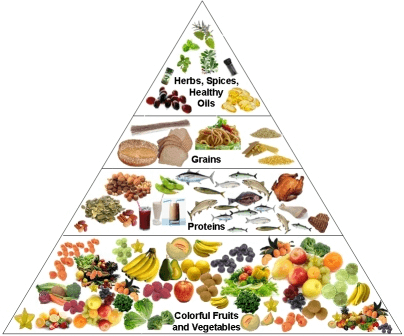Eating healthy foods helps prevent several diseases. Eating healthy food may help lower your risk of heart disease and stroke by decreasing your cholesterol levels, lowering your blood pressure, assisting you with weight management, and regulating your blood sugar.
Adopting healthier alternatives for those high in trans fats, salt, and sugar is another key component of healthy eating. Strong bones, a healthy heart, the avoidance of illness, and an improved disposition are just some of the outcomes of a diet that prioritises health.
The value of eating nutritious meals is obvious. Smooth bodily operation is facilitated by eating nutrient-dense foods. Maintaining your physical and mental wellness should be prioritised over accumulating material wealth. It’s not that late, start eating healthily and undo the damage that has been done by a lack of exercise and poor diet, even if your schedule is getting busier and your eating habits have deteriorated. Let’s get inside this write-up and learn how fruits, vegetables, whole grains, and much more, can benefit us.
What Does Healthy Food Look Like?
Healthy food includes:
Eating foods high in vegetables and fruits
Vegetables and fruit are rich in antioxidants, vitamins, minerals, and fiber, which keep you full longer and help you maintain a healthy weight.
Choosing whole-grain foods
Whole grain meals provide fiber, protein, and B vitamins, which help you, remain healthy and comfortable for longer.
Eating Protein-Rich Foods
Protein meals include beans, nuts, seeds, tofu, fortified soy beverage, fish, shellfish, eggs, poultry, lean red meats including wild game, low-fat milk, yogurt, kefir, and cheeses low in fat and salt.
Limiting the use of highly and ultra-processed foods
Highly processed foods, also known as ultra-processed foods, are foods that have been altered from their original food source and include several extra components. Fast meals, burgers, chips, cookies, frozen pizzas, deli meats, white rice, and white bread are examples of processed foods.
Making water your drink of choice
Water increases hydration and promotes health without adding calories to the diet. When no safe drinking water is available, satisfy your thirst with coffee, tea, unsweetened lower-fat milk, and recently boiled water.
Conclusion
A healthy lifestyle need not cost an arm and a leg. Having limited resources, a healthy diet is still possible.
Meal preparation at home and smart grocery shopping are examples of this.
Keep in mind that meals rich in salt or sugar are likely to create a range of health concerns and that these meals cost twice as much as less processed meals. Medical attention or treatment for these conditions may be costly.
The Experts’ Top 5 Healthy Lifestyle Tips

- Cook the majority of your meals at home using whole or little processed ingredients. To keep things interesting, try various proteins.
- Create a weekly eating plan – this is the key to quick, uncomplicated meal preparation.
- Select dishes that include lots of veggies and fruits. Try to fill up at least half of your plate with vegetables and fruit at each meal. Every day, choose vividly coloured fruits and vegetables, mainly orange and dark green veggies. Unsweetened frozen or canned fruits and vegetables are a great substitute for fresh food.
- Replace sugary drinks with water. Reduced-fat, sugar-free milk is also a great way to stay hydrated. Always be prepared for thirst by carrying a refillable water bottle in your purse or car.
- Eat more often but with smaller meals. You should eat three square meals a day and a few little snacks between these.

